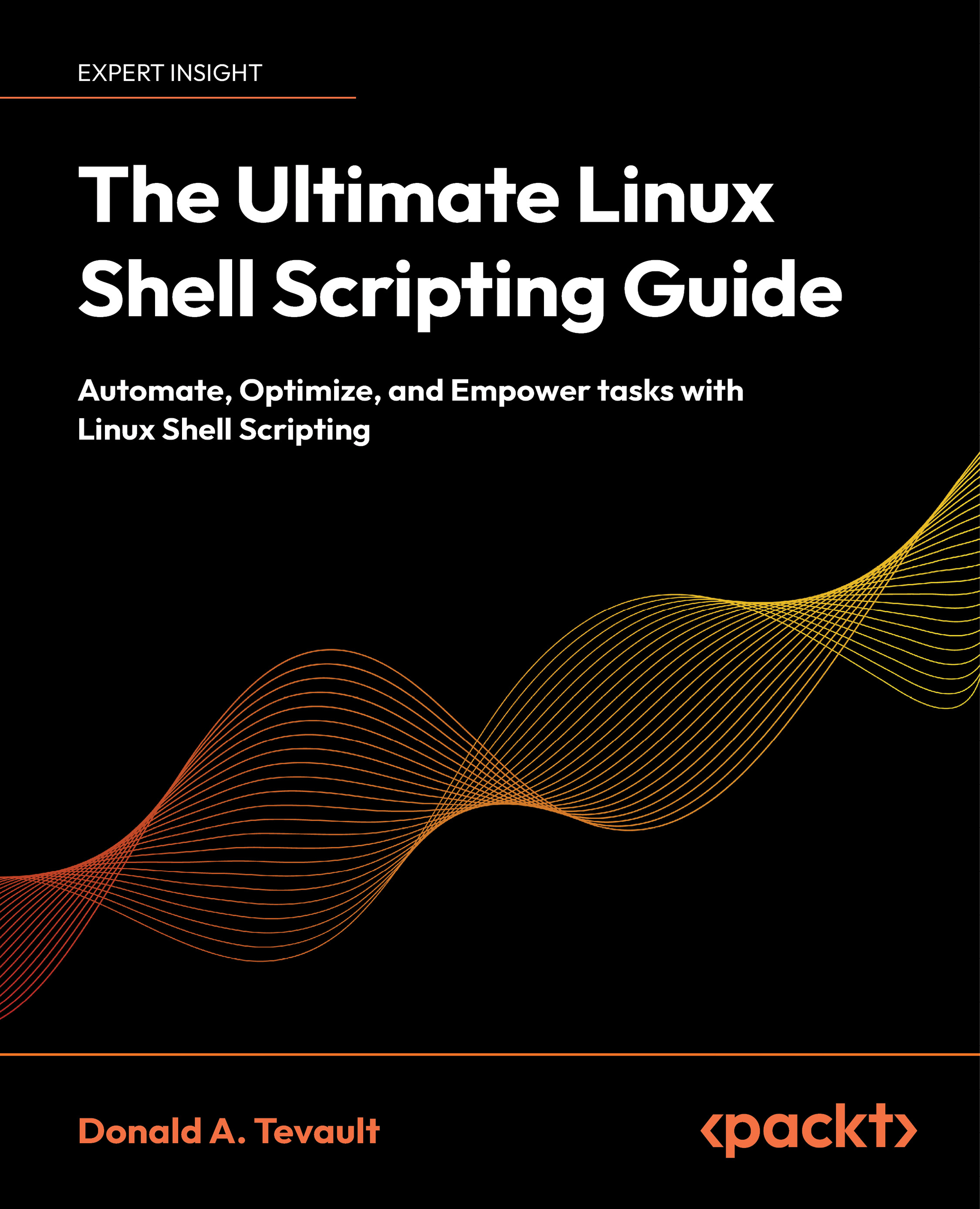Understanding the Structure of a Command
A handy thing to know for both real-life and any certification exams that you may take, is the structure of a command. Commands can consist of up to three parts, and there’s a certain order for the parts. Here are the parts and the order in which you’ll normally place them:
- The command itself
- Command options
- Command arguments
If you plan to take a Linux certification exam, you’ll definitely want to remember this ordering rule. Later on though, we’ll see that some commands don’t always follow this rule.
Using Command Options
There are two general types of option switches:
- Single-letter options: For most commands, a single-letter option is preceded by a single dash. Most of the time, two or more single-letter options can be combined with a single dash.
- Whole-word options: For most commands, a whole word option is preceded by two dashes. Two or more whole...


































































